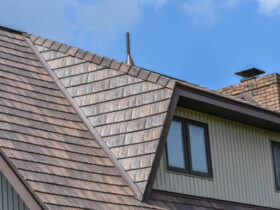Drawing a pet portrait can look to be a difficult task at first. In doing so you not just capture your pet’s face but also their personality. It is important to have some knowledge about the pencils and charcoal you use when drawing a pet portrait, to ensure you had the expected results out of it. In this article we give you a step-by-step guide on how to do a pet portrait in the right way.
- Initial Outline
The first step to drawing a animal portrait should be to make the outline. You have to know the proportion of their face. It is important that you start with drawing the major features such as eyes and nose first to create the right foundation for the pet portrait.
- Tone Up
Once the outline is done, tone up the portrait by adding details to it. But make sure to focus on one area at a time rather than doing the entire drawing all at once.
- Eyes and Ears
The eyes will be the most important part of the pet portrait, they should give the illusion of them being shiny. So take good amount of time to focus on their eyes. Once you are convinced that the eyes have been drawn right you can go on to draw the fur and rest of the body. The ears will need a bit of texture so make sure to do that by highlighting the hair around it.
- Dark Tones On Fur
Layering is important when you are doing a pet portrait. So make sure to add layers of dark tones to the overall sketch. The ears should take the least amount of time at this stage of the drawing. You can keep checking after regular intervals on whether you are doing it the right way. Start with shading the dark areas of the fur first.
- Face
Tone up the pet’s face once you have highlighted all the main features. The fur should not look out of the blue and unmatched on the face, so keep your pencil sharp and add layers of shadow as well if you desire to.
- Minute Details
Once you are done with sketching the portrait, look back and see if the tones are well balanced. For example, the nose and areas of the fur should have darker tones, unlike the ears.
- Highlighting
This is irrespective of whether it is a self portrait or a pet portrait. Highlighting is important to any kind of portrait. When you are shading the collar area, take some time to do it well so that it resembles the reference picture.
Once you are convinced that all the above steps have been done accordingly and you are satisfied with the results your pet portrait is ready. If you still not satisfied, you can go about highlighting the areas of the eyes, nostrIls and hair. However, make sure not go overboard in doing it. A good pet portrait needs a lot many layers and it can at times be a tricky thing to do so be very careful when you are highlighting and shadowing the hair. We are hoping this article has been useful to you, if you have any other query drop in a line in the comment section below. Happy sketching!





